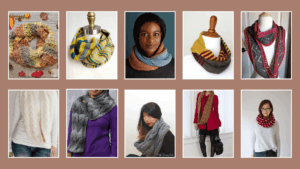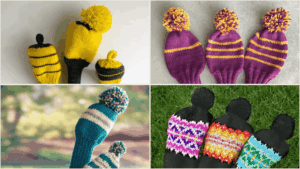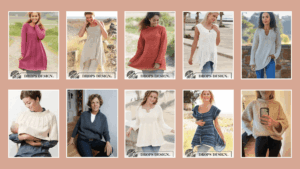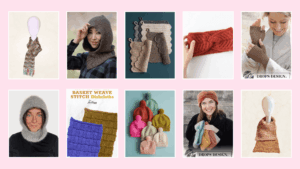Moss Stitch
Make easy reversible projects with tons of texture!
Make easy reversible projects with tons of texture!

The moss stitch is perfect for a wide range of projects! Moss stitch uses a combination of knit and purl stitches to create a super textured, dense, and durable knit fabric. Easy to memorize and fast to knit, moss stitch is a fantastic beginner-friendly stitch for brand new knitters to try. We love using moss stitch to learn how to read a pattern and, most importantly, memorize a few rows of instructions.
Moss stitch knit fabric is reversible which means it looks the same on both sides. This stitch also won’t curl at the edges like some other stitch patterns. We love choosing moss stitch for cozy accessories like scarves, wraps, and blankets where both sides of the project are visible and the cozy-factor is important!
The moss stitch is easy to knit, making it accessible to knitters of all skill levels. Whether you’re a beginner just learning to knit, or an experienced knitter looking for a new challenge, the moss stitch is a great option to consider for a range of projects.

Knitting the moss stitch only uses the most basic stitches in knitting: the knit stitch and purl stitch. Alternating knit and purl stitches create one row of fabric. In Moss stitch, the same row is knit twice before the order of stitches is reversed. This creates two stitches that stack on top of each other in columns. Not quite making sense? Read on!

The Moss stitch is worked over an even number of stitches. Whether you knit flat or in the round, the instructions are the same which makes this one of the easiest patterns to memorize and learn!
Row 1: (Knit, Purl) repeat the parenthesis to the end of the row until all stitches are worked. Turn.
Row 2: (Knit, Purl) repeat the parenthesis to the end of the row until all stitches are worked. Turn.
Row 3: (Knit, Purl) repeat the parenthesis to the end of the row until all stitches are worked. Turn.
Row 4: (Knit, Purl) repeat the parenthesis to the end of the row until all stitches are worked. Turn.
Repeat rows 1-4 until your project is as long as you’d like!
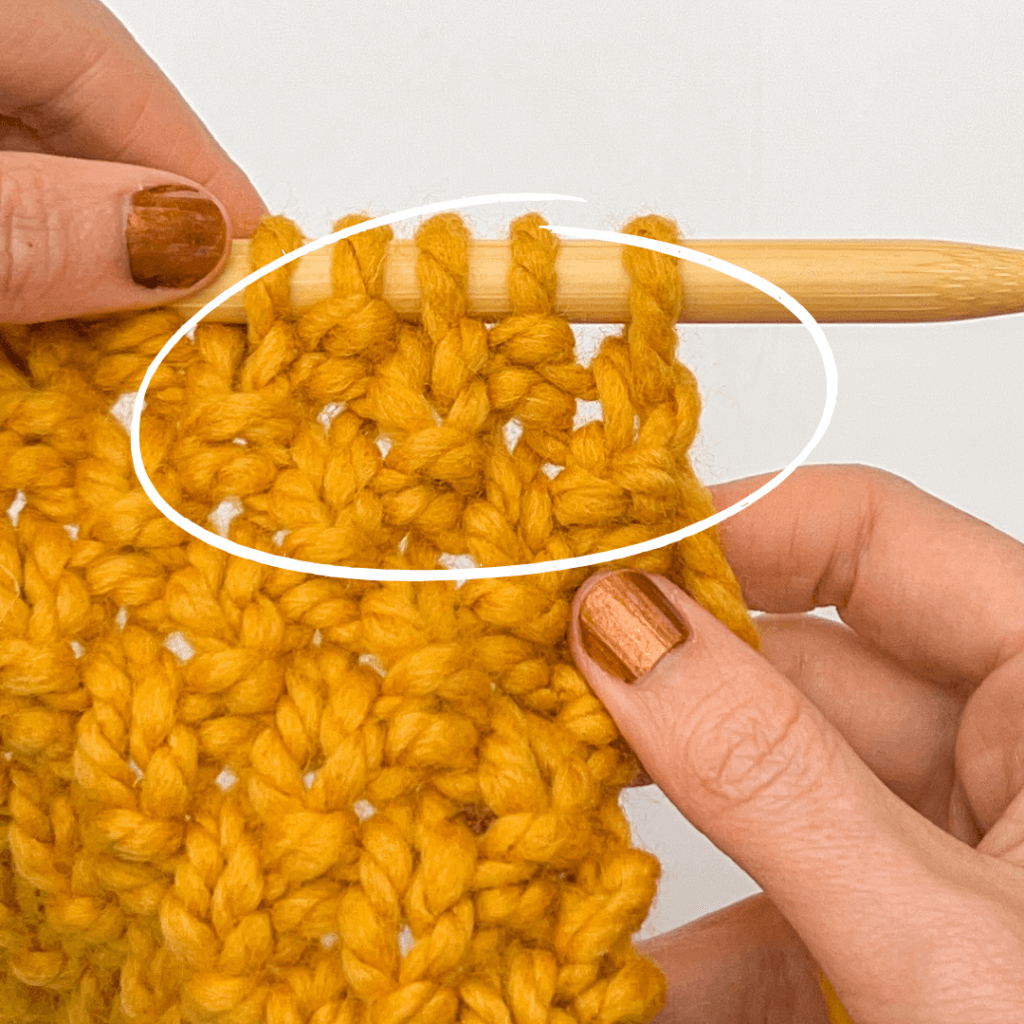
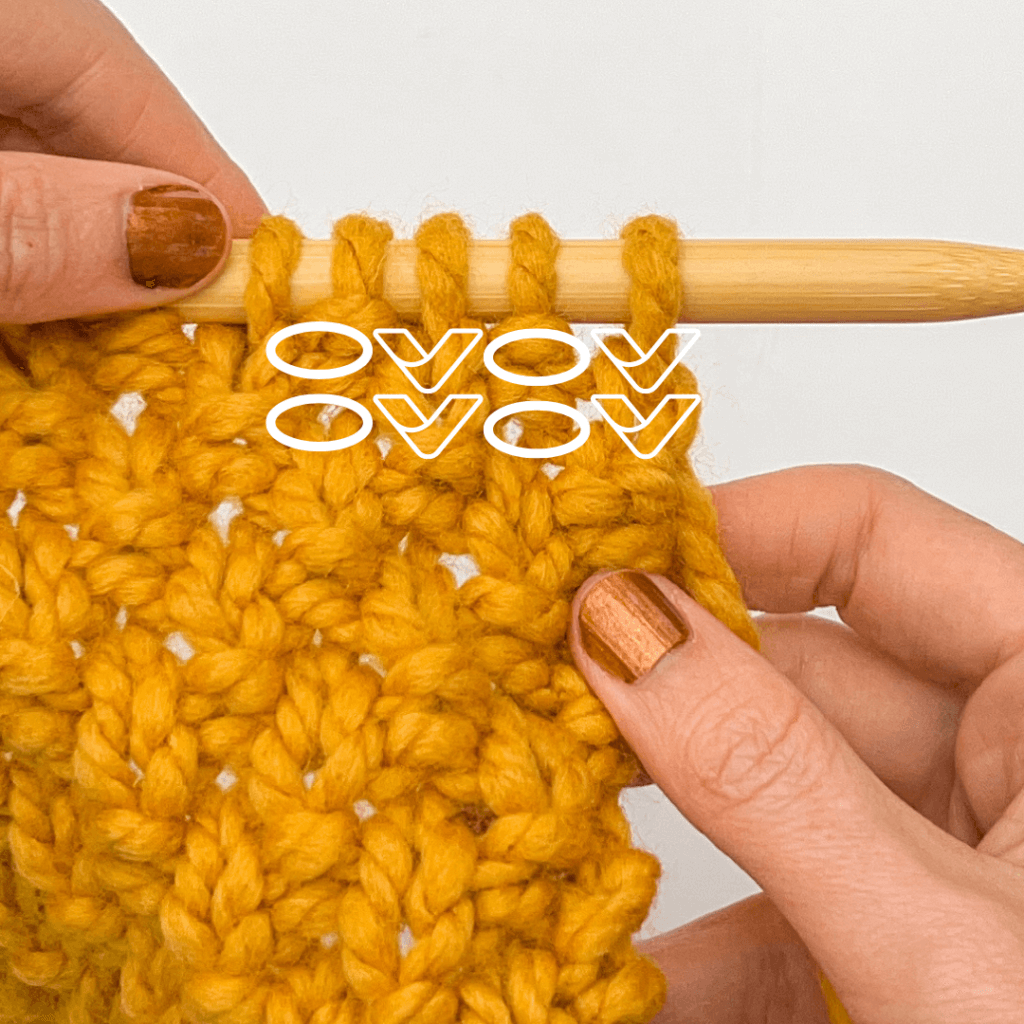
Time to read your fabric! This swatch shows Moss Stitch with rows 1 & 2 finished. You can tell that two rows have been worked because there are two stacks of each stitch: knits and purls forming columns in the fabric below the knitting needle. Remember, the stitch on the needle counts as the second stitch in the stack.
Also, you can see here that the row begins with a knit stitch. That means that rows 1 & 2 where finished. If there where two stacked purl stitches at the edge it would mean that rows 3 & 4 had been finished instead.
Still not sure what you’re looking at? Compare the last two images with the next one below…
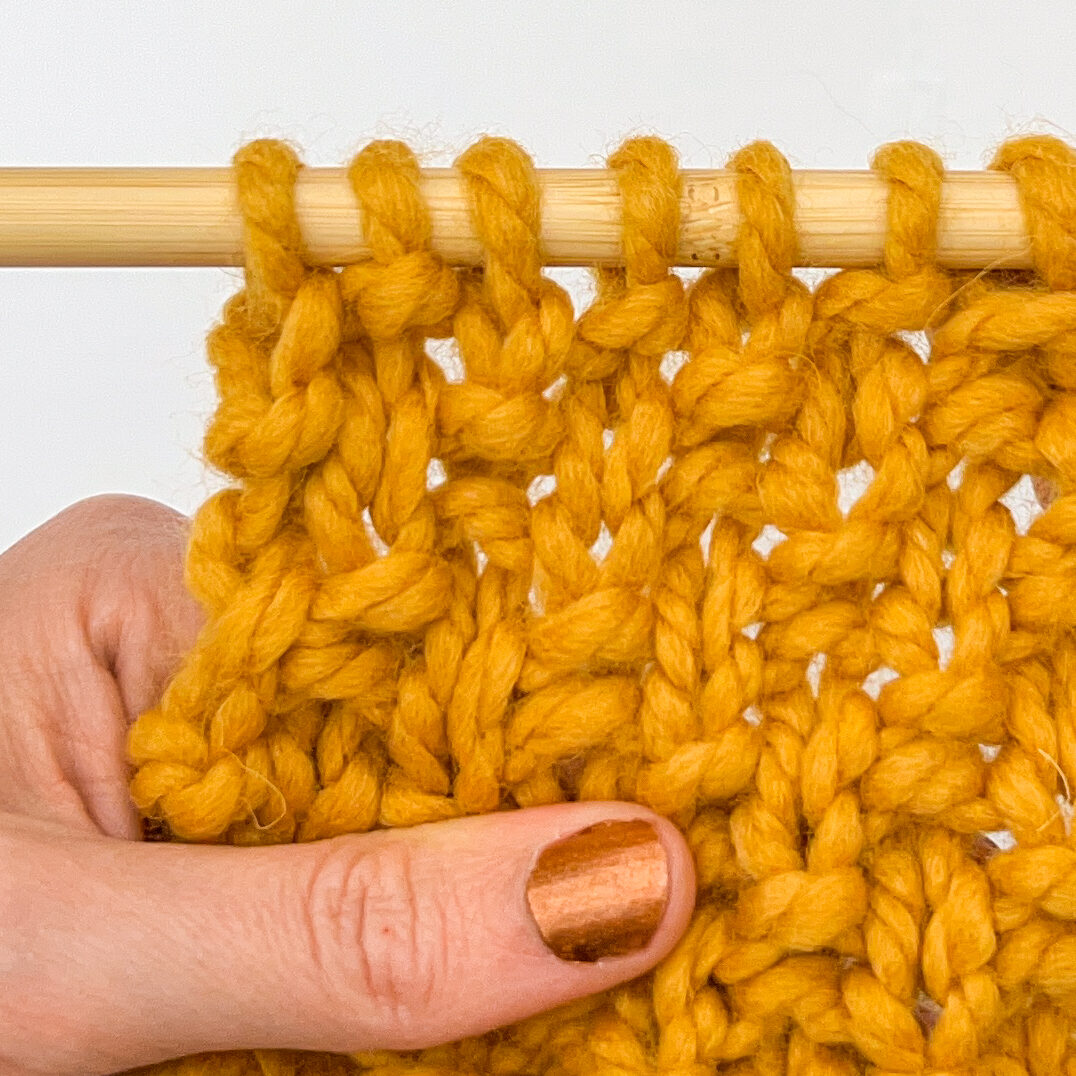
Here, there is just one row of purl bumps and knit “v” stitches below the knitting needle.
These single stitches mean that only Row 1 has been finished and row 2 still needs to be knit. Again, you can tell it’s row 1 because the edge stitch is a knit (not a purl as it would be in row 3 or 4)!
Pro tip: Depending upon the yarn you’re using, it might be easier to spot either the double knits or double purl stitches. Practice looking at your swatch periodically to see which is easiest for you to see.
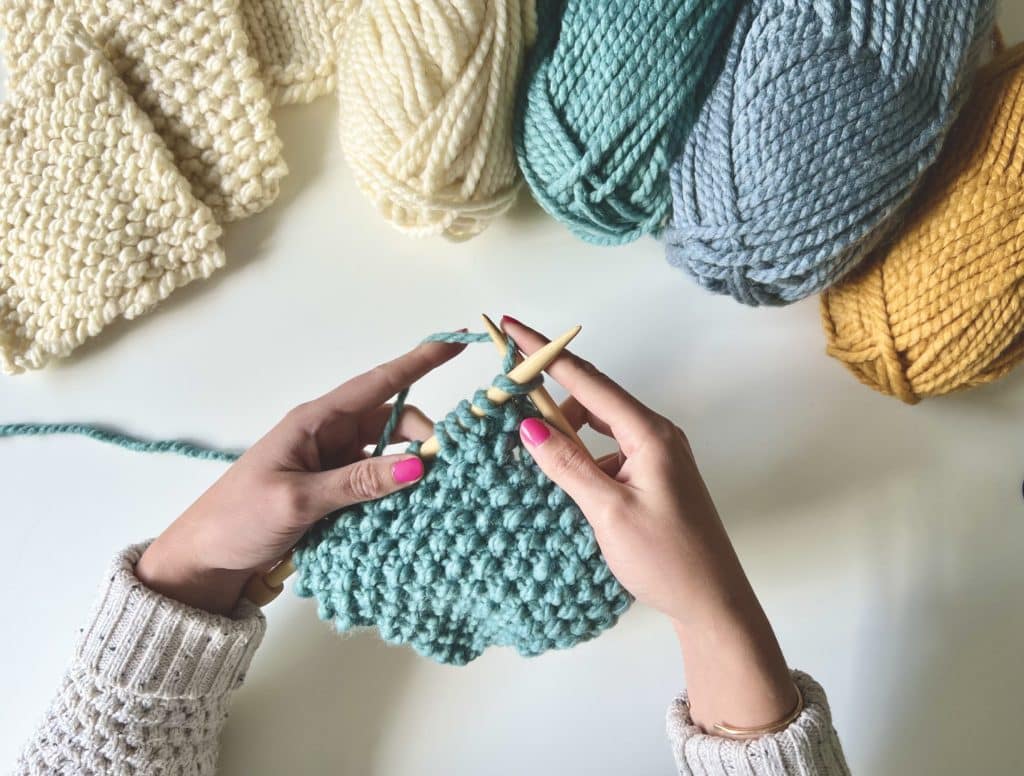
Like the Moss Stitch, Seed Stitch alternates knit and purl stitches to create a squishy, reversible fabric. Instead of repeating rows in pairs, Seed Stitch alternates rows of knit/purl stitches every row.
Learn how to knit seed stitch here!
